Pickleball is a fast-paced game and when your opponent turns up the heat, knowing how to reset can mean the difference between staying in the rally or giving away the point. Great pickleball players don’t always go for the flashy winner. Instead, they use smart resets to neutralize pressure, regain court position, and wait for their moment.
Let’s break down when and how to reset like a champ, starting with knowing when it’s time to slow things down.
When to Reset
A reset is a soft, controlled shot that takes pace off the ball and gives you time to recover or advance. Instead of trying to win the point right away, you shift the rally back into a neutral or more manageable position. Here are the key moments to consider a reset:
- You’re Surprised: If your opponent catches you off guard with a speed-up or aggressive shot, a reset helps you stay in the point rather than making a rushed error.
- You’re Off-Balance or Out of Position: If your footwork is off, or you’ve been pulled wide or deep, a reset can give you a second chance to reposition and get back into a ready stance.
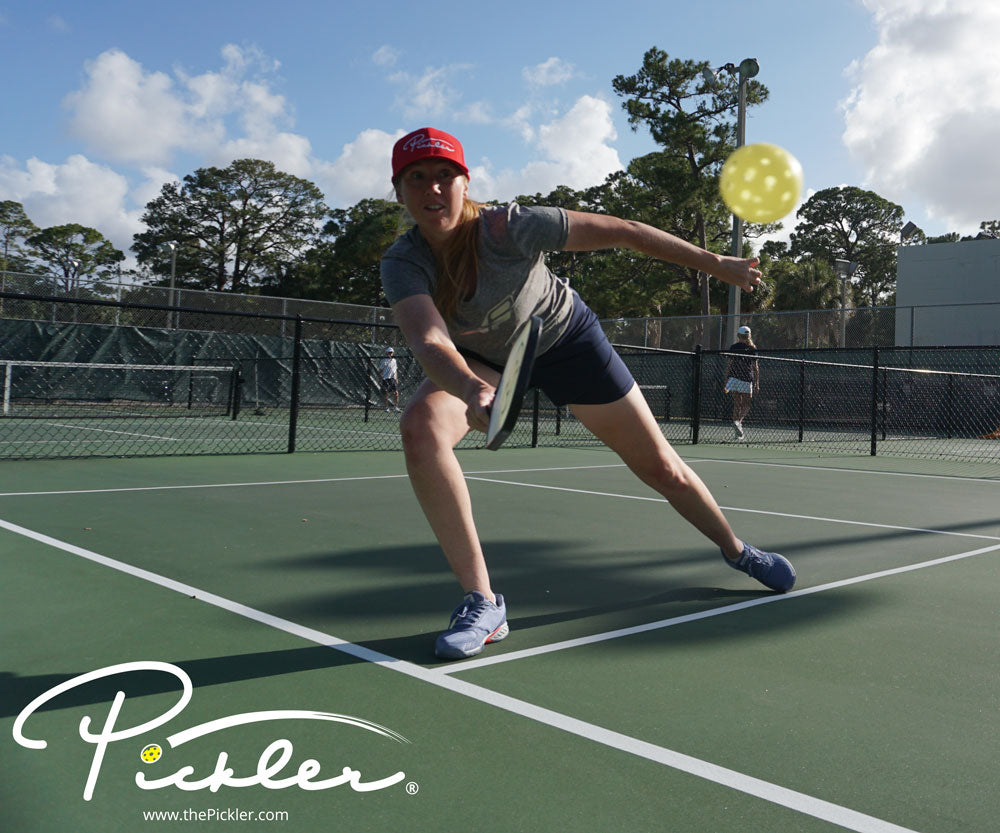
- You’re Deep in the Court: If you are deeper in the court—for instance, in the Transition Area—then consider blocking in order to give yourself more time to move into the Kitchen Line. If you counterattack, you will have less time to move in on the pickleball court.
- Your Opponent Has Faster Hands: If you’re constantly getting beat in fast hands battles, it’s time to change the pace. A reset slows things down and neutralizes their advantage. Win the rally using strategies that highlight your strengths over your opponents’ strengths.
- The Ball Is Low: Trying to attack a ball below the net is risky. If you are forced to hit up on the pickleball—in other words, your opponents are able to hit their fast, aggressive shot on a downward trajectory toward your feet—use a block to reset the point. A reset keeps the ball in play and allows you to wait for a higher, more attackable ball.
- The Pace Is Too Fast: If the pace of play is spiraling, a well-placed dink or drop helps you regain composure and control the tempo of the rally.
Soft Hands Win Games
One of the most important skills for a successful reset is having soft hands. The goal is to absorb your opponent’s power and gently drop the ball into the Non-Volley Zone (NVZ). Here’s how to do it:
1. Drop into a Low Stance: Bend your knees and get low into a strong, athletic position. The lower you are, the better as you can react more quickly to incoming shots and effectively block them.
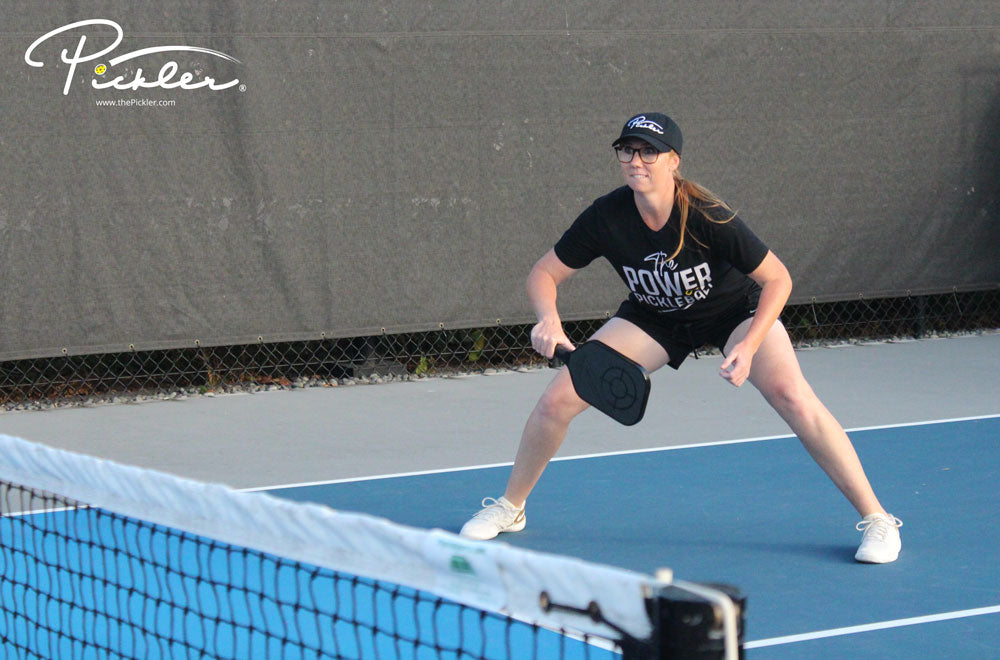
2. Paddle Out in Front: Keep your paddle in front of your chest with your elbow bent. This ready position gives you balance and better control.
3. Use the Right Paddle Angle: Adjust your pickleball paddle angle based on the trajectory of the incoming shot. If the ball is coming downward, angle your paddle downward slightly to block it back with control. If the shot is flatter, keep your paddle more neutral. This neutral or slightly upward position is important, as it will help you generate a shot with backspin that arcs over the net and drops quickly once it crosses the net.
4. Hold the Paddle at Contact: Don’t swing, just absorb. Think of catching the ball on your paddle, not hitting it.
5. Loosen Your Grip: A tight grip creates a rebound effect, sending the ball too far. A softer grip gives you more finesse and touch.
6. Revert to Pickleball Ready: After your reset shot, get right back into the ready position—knees bent, paddle up, eyes forward.
Footwork Matters
Even the softest touch won’t help if your feet aren’t in the right place. Good resets start from good positioning. When possible:
- Stay Low: Bend your knees and stay grounded to react quickly.
- Move Through the Transition Zone: When advancing to the net, pause and reset if a ball is tough to handle instead of forcing a drive.
- Split Step Before Contact: This small hop keeps you balanced and ready to adjust in any direction.
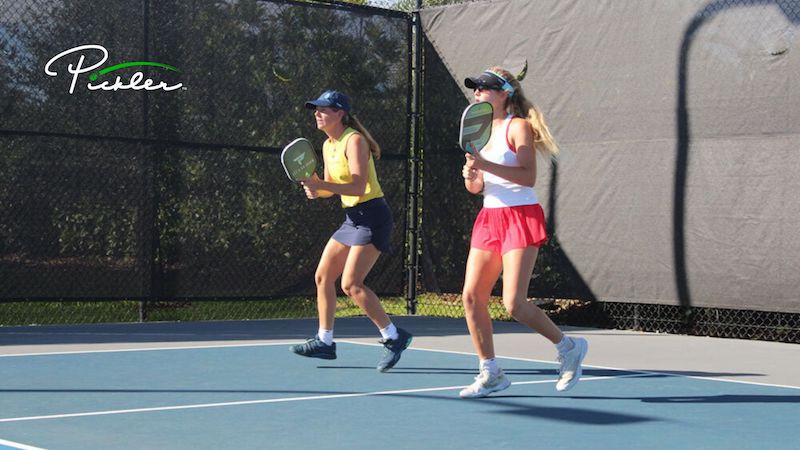
Bonus Reset Tools: The Dink and the Lob
While resets are often soft blocks or drops, they can also be disguised in other smart ways:
- Dink Reset: A short, controlled dink into the NVZ shifts momentum and gives you time to get to the kitchen line.
- Lob Reset: A well-timed lob, especially when you are under pressure or facing an aggressive shot, buys you a few extra seconds to regroup and reposition. Use it sparingly, but it can be effective when executed with height and depth.
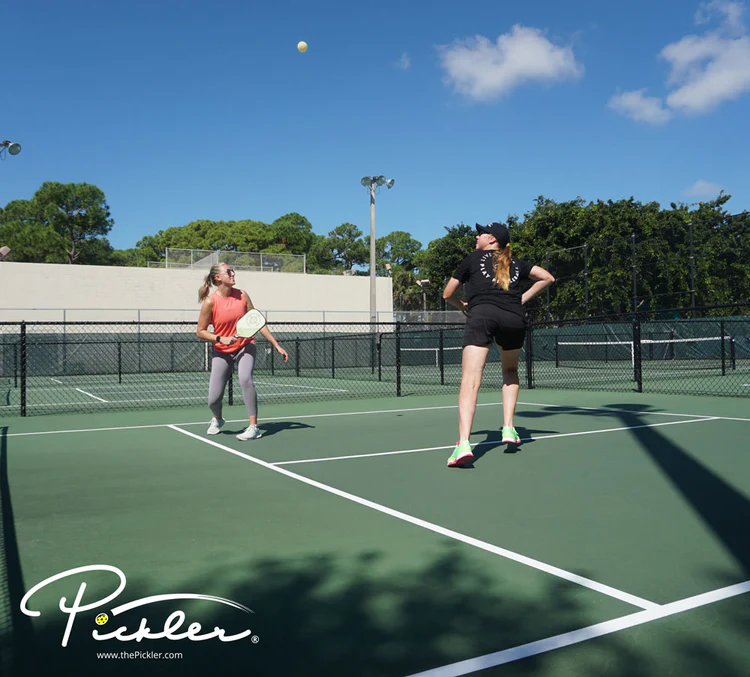
Resets aren’t about giving up, they’re about staying in control. The best players know when to hit hard and when to soften their touch. By recognizing when to reset and executing with soft hands and smart footwork, you’ll give yourself more chances to win and fewer chances to miss.
Next time your opponent fires a rocket your way, take a breath, stay calm, and reset like a champ.
WANT MORE PICKLEBALL TIPS AND STRATEGIES?
For more on making game-time decisions, check out The Pickler’s Blog, “Act and React: Tips to Turn Defense into Offense on the Pickleball Court.”
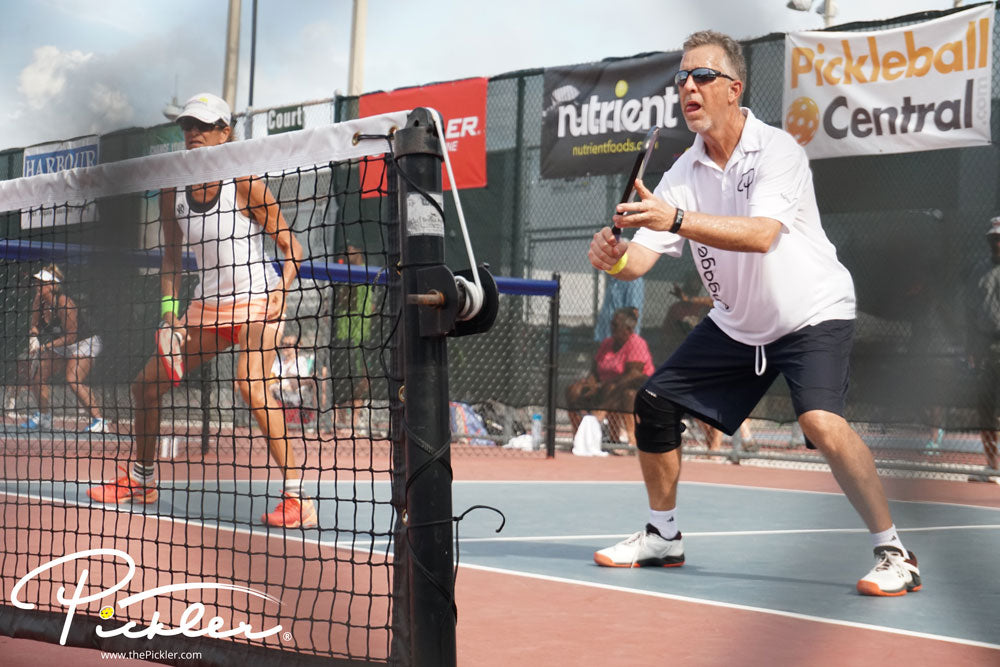
Plus, if you want more pickleball tips and strategies on every aspect of your pickleball game, check out Pickler’s online video lesson collection called My Pro Pickleball Coach. My Pro Pickleball Coach is a fraction of the price of one clinic or even one lesson, and features over 140 video lessons (over 7 hours of instruction!), as well as a corresponding e-book. These online video lessons are available on demand 24/7 and breakdown every aspect of the sport of pickleball, including pickleball drills, strategy, and advanced concepts, so you will play your best pickleball.
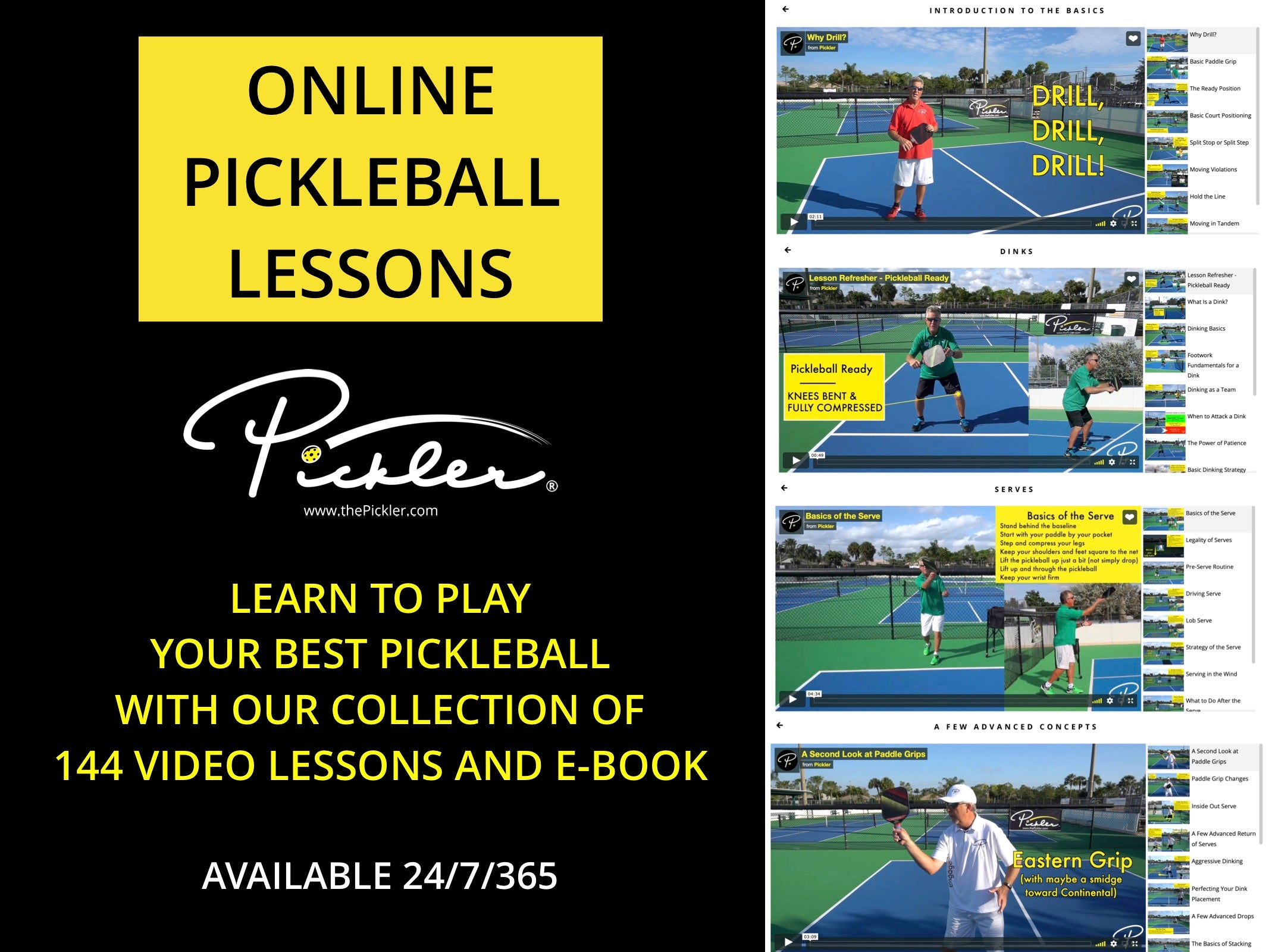
Anuncie Aqui / Advertise Here
Sua marca para o mundo Pickleball! / Your brand for the Pickleball world!

 English
English  Spanish
Spanish  Portuguese
Portuguese  German
German  Italian
Italian  Japanese
Japanese  French
French  Polish
Polish  Russian
Russian  Netherlands
Netherlands  Hungarian
Hungarian  Turkish
Turkish  Videos
Videos  The Pickler
The Pickler
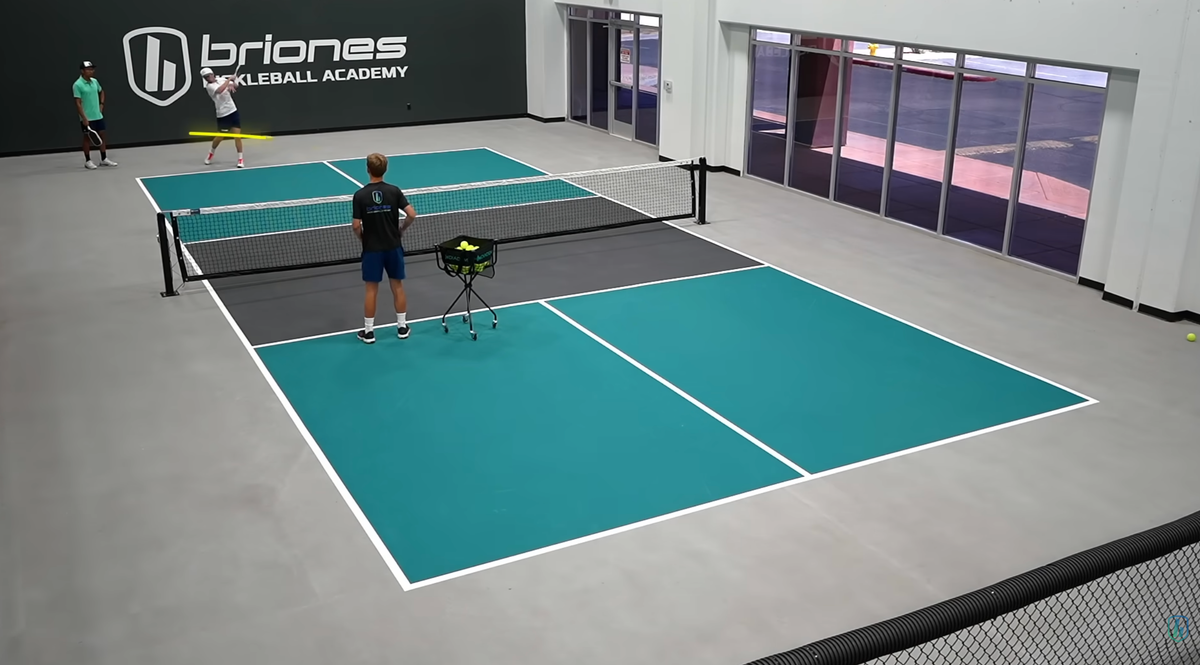







 English (US) ·
English (US) ·  Portuguese (BR) ·
Portuguese (BR) ·